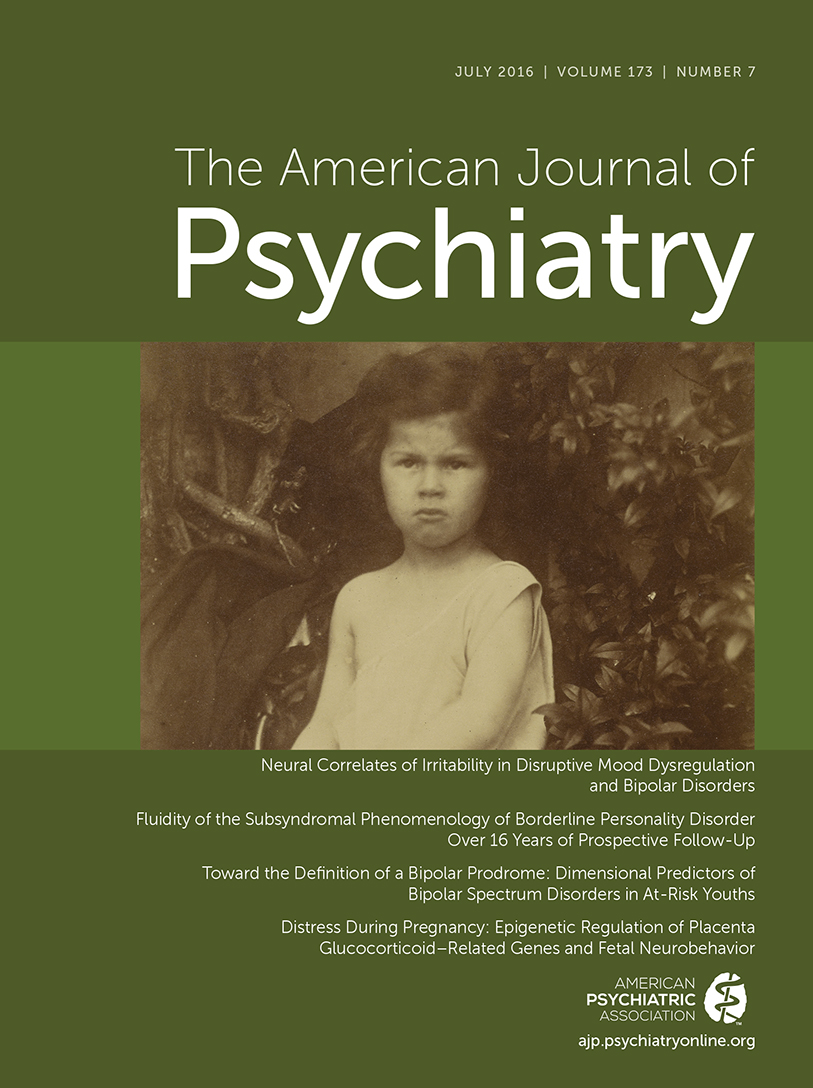Youth Substance Abuse and Co-occurring Disorders

Adolescent substance use disorders are a growing and daunting epidemic both in the United States and around the world. Roughly 80% of individuals who use drugs report first using during their adolescence (1, 2). Furthermore, adolescent-onset substance use disorders are more likely to persist into adulthood and to increase the risk of mood and anxiety disorders (3, 4). Cannabis use among youths continues to rise in the United States, especially in the context of greater commercialization and legalization of the substance. At the same time, the nation struggles to combat a growing prescription opioid crisis. In response, the Centers for Disease Control and Prevention recently released guidelines for reducing morbidity and mortality (5). Youths are commonly plagued with the complicated and destructive nature of having a dual diagnosis of substance use and mental health disorders, which can complicate diagnosis, treatment, and outcomes. As previously noted in the medical literature, “Comorbidity is the rule, rather than the exception, for adolescents in treatment for [substance use disorders]” (6). Especially for youths, prevention and education appear to be key components for reducing substance use. Greater resources and infrastructure are needed, including integrated medical and mental health clinics, school-based mental health clinics, and possibly even street medicine programs.
Youth Substance Abuse and Co-occurring Disorders, edited by Yifrah Kaminer, M.D., M.B.A., is a timely text that provides a comprehensive overview of the current research and clinical care standards for treating comorbid substance use and mental health disorders. Many leading researchers and clinical experts in the field of adolescent substance use disorders composed the chapters in this volume. The editor’s stated objective for the book is to “address theory and practice pertaining to understanding and treating psychiatric comorbidity in adolescents with substance use disorders” (p. xv). The targeted audiences are primary care, family medicine, and mental health clinicians, as well as clinical researchers. Students in medicine, nursing, psychology, and social work may also find this text informative.
Fourteen chapters address a broad range of clinically relevant topics that include overviews of developmental pathways; the relationship between substance use disorders and mental health disorders; and screening, assessment, and evidence-based treatment interventions. From there, in-depth reviews of diagnostic criteria, etiology and epidemiology, relationships with substance use disorders, assessments, evidence-based treatment options, and future directions for research and clinical care are provided for the following co-occurring disorders: conduct disorder, attention deficit hyperactivity disorder, depressive disorders, bipolar disorders, anxiety disorders, posttraumatic stress disorder, suicidal and nonsuicidal self-harm behaviors, schizophrenia, and eating disorders. Interestingly, the final two chapters pertain to the new DSM-5 categories of youth gambling and pathological preoccupation with the Internet. A summary and key points section found at the end of each chapter succinctly reviews and synthesizes the most important points.
The authors and editor have created an excellent resource for clinical providers and investigators alike. The text is well organized and includes many useful tables and figures to provide readers with efficient access to key information. Overall, the book successfully distills a vast array of research into a body of work that flows in a logical and consistent fashion. Acknowledging that this field of study is ever evolving, the authors provide a thoughtful interpretation of current research, identify research gaps needing further study, and offer meaningful strategies for pushing research and clinical care forward.
Given its comprehensive approach, use of the latest research blended with historical perspective, accomplished authors, and identification of relevant areas of future study, Youth Substance Abuse and Co-occurring Disorders is an outstanding and highly recommended resource for researchers, providers, and students in the fields of medicine, psychiatry, and substance abuse.
1
2
3 : Lifetime prevalence of mental disorders in U.S. adolescents: results from the National Comorbidity Survey Replication-Adolescent Supplement (NCS-A). J Am Acad Child Adolesc Psychiatry 2010; 49:980–989Crossref, Medline, Google Scholar
4 : Use and abuse of alcohol and illicit drugs in US adolescents: results of the National Comorbidity Survey-Adolescent Supplement. Arch Gen Psychiatry 2012; 69:390–398Crossref, Medline, Google Scholar
5
6 : Developmentally informed diagnostic and treatment considerations in comorbid conditions, in Adolescent Substance Abuse: Research and Clinical Advances. Edited by Liddle HA, Rowe CL. New York, Cambridge University Press, 2006, pp 264–283Crossref, Google Scholar



